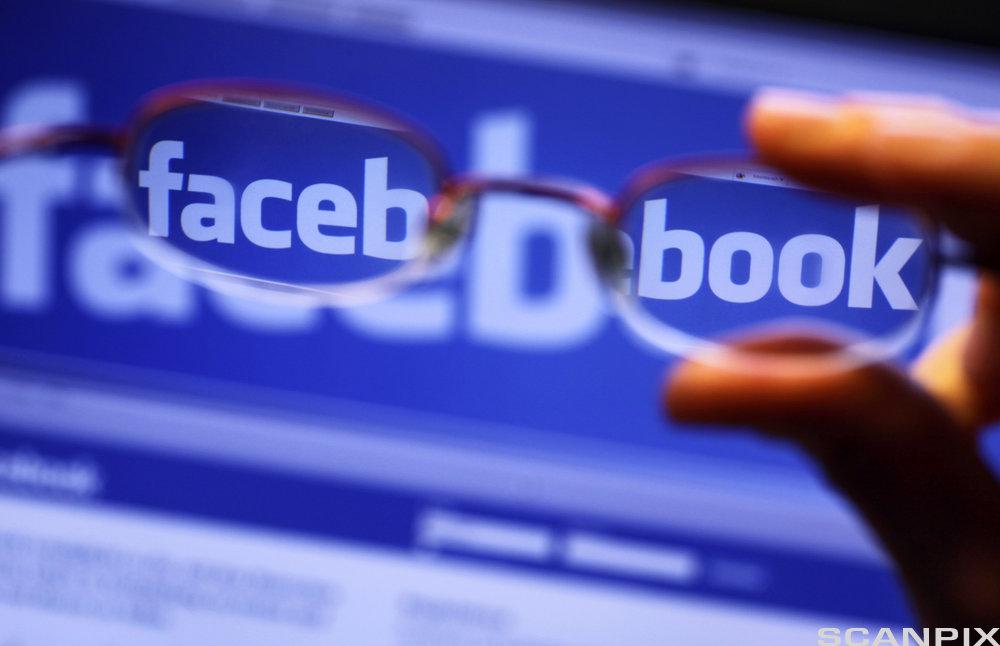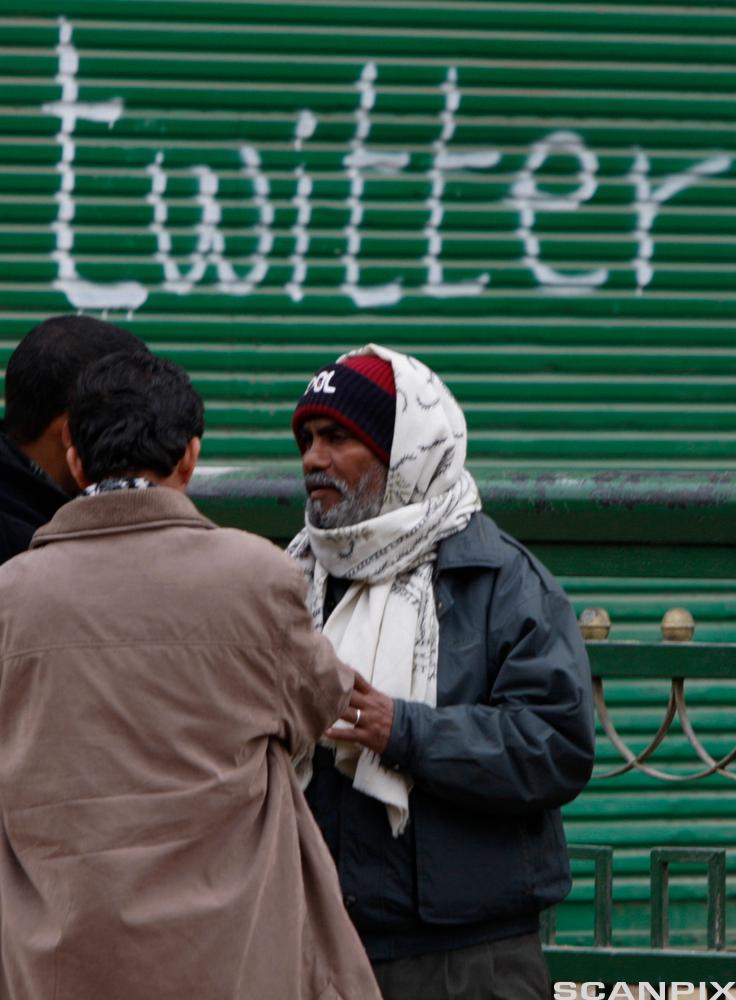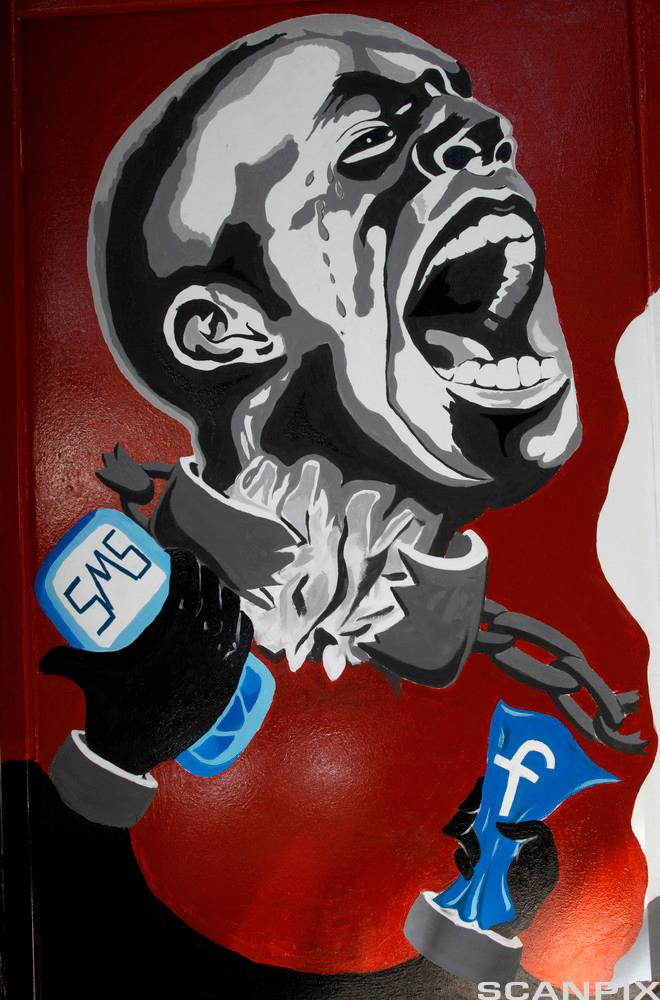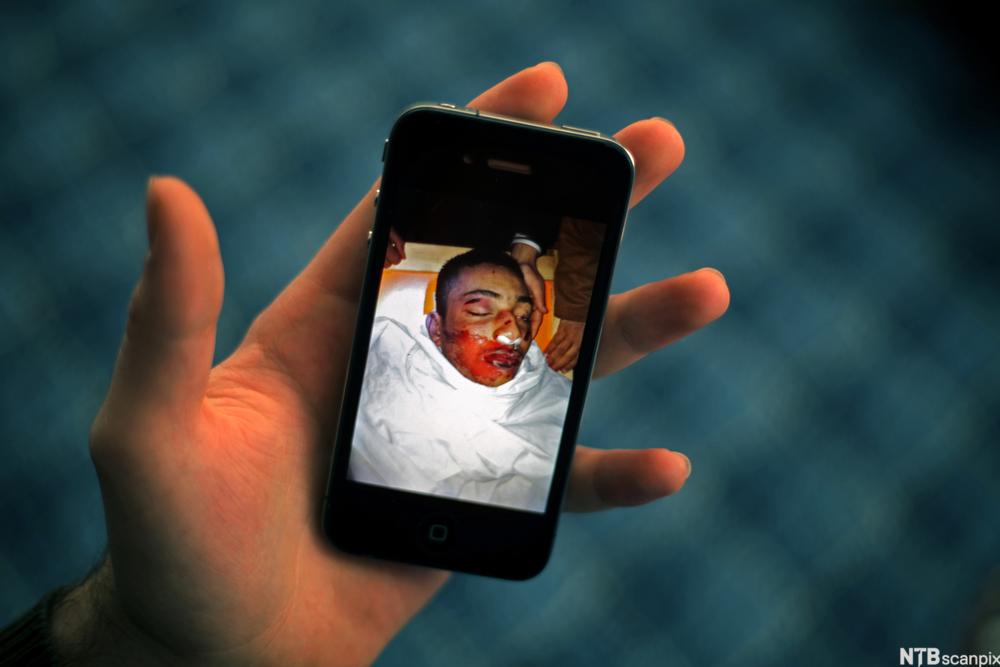
Reform Movements

In recent years we have witnessed upheavals in several parts of the world. In particular the Middle East has had its share of turbulent crisis. Demonstrations and turmoil escalated in 2011 in Tunisia, Libya and Egypt where the governments were overthrown. There were also huge demonstrations and harsh fighting in several other Arab countries during the so-called “Arab Spring”. Massive demonstrations in Syria calling for reform and democracy turned into a bloody civil war involving democratic and Islamist fractions.
All of these events received extensive coverage from the news media as well as in social media. The most clearly formulated political demands through social media were seen in the Arab countries where the opposition would settle for no less than new and democratic governments. However the "Arab Spring" movement peaking in 2011 did not succeed. Conservative Islamist movements have gained ground in the power vacuum created by "Arab Spring" movements and Western intervention on their behalf. However the power of the social media has proven strong and the reform movements of 2011 may be just the first of several reform-waves based on social media to come.
Mobile and Social Media

Mobile and social media played an important role in the upheavals. Sometimes it is argued that social media caused the riots and revolutions, simply by being available, but this is too simple a perspective. Technologies very rarely are the sole reason for social and political change; they should rather be looked upon as one of several forces that interact with each other. In order to describe the roles that online and social media played in these upheavals, at least three different uses could be noted.
Mobilization
First, online and social media, such as blogs, Facebook, Twitter, email and many other networks were used to mobilize and network people. Announcements and news about demonstrations were shared and distributed very fast by means of mobile telephones, websites, Facebook, blogs and the like. Secondly, they were used not only to get the attention of people and urge them to participate in demonstrations and riots, they were also used to call on specific types of assistance needed, for instance doctors and transport.
Documentation

Another important function was documentation of events. Handheld digital cameras and mobile phones were used to document events in situations where journalists were banned or not present for other reasons. Amateur videos and pictures taken by mobile telephones have become increasingly used in news journalism and are particularly important for reporting from places where political and press freedom do not exist. A recent example is Syria, where it proved almost impossible for journalists to get access to the ongoing protests and fighting, and where images taken by hidden cameras and sent by mobile telephones were in many instances the only documentation of what was going on. Sometimes the stories and images sent out, for instance by the opposition army in Libya, showed horrible violence.
Distribution and communication of the stories to news media around the world contribute to the important function that these media have played in the upheavals. Without the Internet and mobile communications, many images and pictures would not have been shown and stories not told or they would have been told differently. On the other hand social media has also proven itself to be useful tools of propaganda and recruitment as demonstrated among others by the terrorist organisation the Islamic State in Irak and Syria.
Political Change
The presence of online and social media has provided opposition movements in authoritarian states with tools that assist their struggle for political change. However, the documentation and reporting that they are used for, pose challenges for media editors and political leaders in democracies. In situations where professional journalists are not present, the news media increasingly have to judge whether amateur videos, images, recordings and stories, sent to them or posted on websites, are trustworthy, truthful and can be used in their own news reporting. Or whether images taken by a mobile phone showing horrible pictures can be shown on a national television channel in prime time.
Not So Simple
Social media has proven powerful as a tool of documentation and as a tool of gathering popular support for a cause. It can be used be reformist and advocates of human rights, however such a powerful tool can also be used by militant organisations spreading propaganda and fear. Lately we have seen many examples of videos showing gruesome executions often combined with inflammatory speeches condemning modern lifestyle and reform. Social media is a powerful tool - a tool that can be used for good or bad. For a while many reformists and political analysts thought social media would be a game changer on behalf of democracy and human rights. It may still be in the long run, but so far it has proven a double-edged sword. Social media may even prove a tool for adding fuel to crisis and conflicts between nations and groups to the extent that it allows for the spreading of unsubstantiated allegations and rumours. Users of social media will need to check facts and analyse their sources of information to balance the power of this ubiquitous tool of information and persuasion.
Task and Activities
Lina Benn Mhenni, a Tunisian blogger
One of the nominees for the 2011 Nobel Peace Prize was a Tunisian girl, Lina Benn Mhenni, whose blog, A Tunisian Girl, played an important role in the uprising in her mother country. Find information about her, the uprising in Tunisia in 2011 and her blog entries.
- Make a photo story, or a visual presentation, where you make a chronological survey of the event and the role played by Mhenni and her blog. You may use Google Translate to convert one of her blog entries from Arabic to English.
- To which extent do you think her blog and her efforts contributed to the uprising in her country?
Write an Essay
Social Media - a Political Changemaker?
See How to Write a Five Paragraph Essay.
Class Survey
Do a class survey. Decide on questions. Here are some suggestions:
- Which SoME do you use?
- How much time do you spend on SoME daily?
- How do you use your different SoMe? (to stay in touch with friends, to find new friends, for school work, to find out what is happening in the world, to advocate your views)
Use your information to make a graphic representation of the survey (Table, chart, diagram etc.) See Numbers and Statistics to learn more. Discuss the result.
Making a Difference
Do you want to make a difference? Find a cause and plan a campaign to boost support. Explore how you can use social networking to promote your views and gain support of your cause. What kind of social media do you think would be most suitable? Explain why. If you have time, try it out.
A funny example of this kind of marketing is Alexis Ohanian: How to Make a Splash in Social Media. Watch Mister Splashy Pants rise to Web stardom.
Further Reading
Mediatization and Politics
Public Protest – Action and Reaction